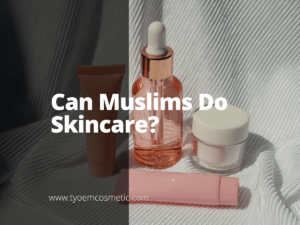Ever think about how often sunscreen should reapply for the best results? For optimal protection, sunscreen should be reapplied every 2 hours.
As a cosmetic expert specializing in skincare, I provide insights based on the latest dermatological research and industry standards.
In this guide, we’ll delve into the factors that affect sunscreen efficacy, the different types of sunscreen, and tips for proper application.
Keep reading to learn more!
1. Understanding Sunscreen
Sunscreen is acting as a shield that intercepts and neutralizes harmful radiation against skin damage from ultraviolet (UV) rays. Its primary role is to provide a barrier that helps prevent sunburn, reduce the risk of skin cancer, and slow the aging process caused by the sun. Each formulation, whether it’s a cream, lotion, gel, or spray, is designed to maximize skin protection against both UVA and UVB rays.
Here’s the interesting part, the effectiveness of sunscreen is not just about the product itself but also how it’s used. Formulations differ in ingredients, SPF rating, water resistance, and more, which can influence the level of protection they offer. It’s crucial to choose a product that suits the skin type and the environment where be in.
2. Benefits of Using Sunscreen
Building on our understanding of sunscreen from the previous section, here are some specific benefits of incorporating sunscreen into daily skincare regimen:
Prevention of Skin Cancer
Regular use of sunscreen dramatically reduces the risk of developing skin cancers, including melanoma, which is known to be the most lethal form of skin cancer. This is particularly crucial for individuals with a history of sun exposure, as it provides active defense against potential carcinogens.
Protection Against Premature Aging
Sunscreen serves as best friend when it comes to combating the signs of premature aging. By blocking harmful UV rays, it helps maintain skin elasticity and reduces the appearance of fine lines and wrinkles. Now, this is important, maintaining youthful skin isn’t just about looking good it’s about keeping the skin healthy for the long term.
Enhanced Skin Tone
Incorporating sunscreen into daily routine helps prevent the development of dark spots and pigmentation, leading to a smoother and more even skin tone. It helps minimize the blotchiness and redness that can come from sun exposure, preserving skin’s natural beauty without the use of heavy cosmetics.
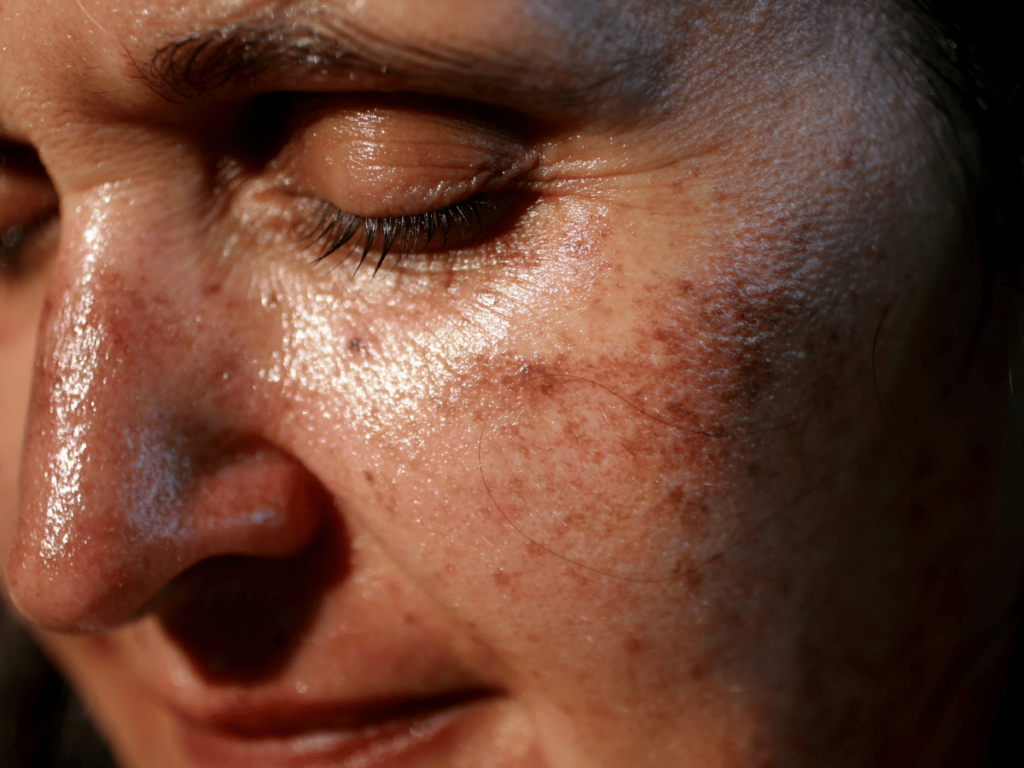
3. Different Types of Sunscreen
Following the discussion on the benefits of using sunscreen, it’s important to understand that not all sunscreens are created equal. Here are the different types that cater to various skin needs and environmental conditions:
Chemical Sunscreens
These sunscreens absorb UV radiation through their chemical ingredients, such as oxybenzone and avobenzone, which convert the rays into heat and release them from the skin. Chemical sunscreens are popular for their lightweight feel and ease of application, making them a preferred choice for daily wear.
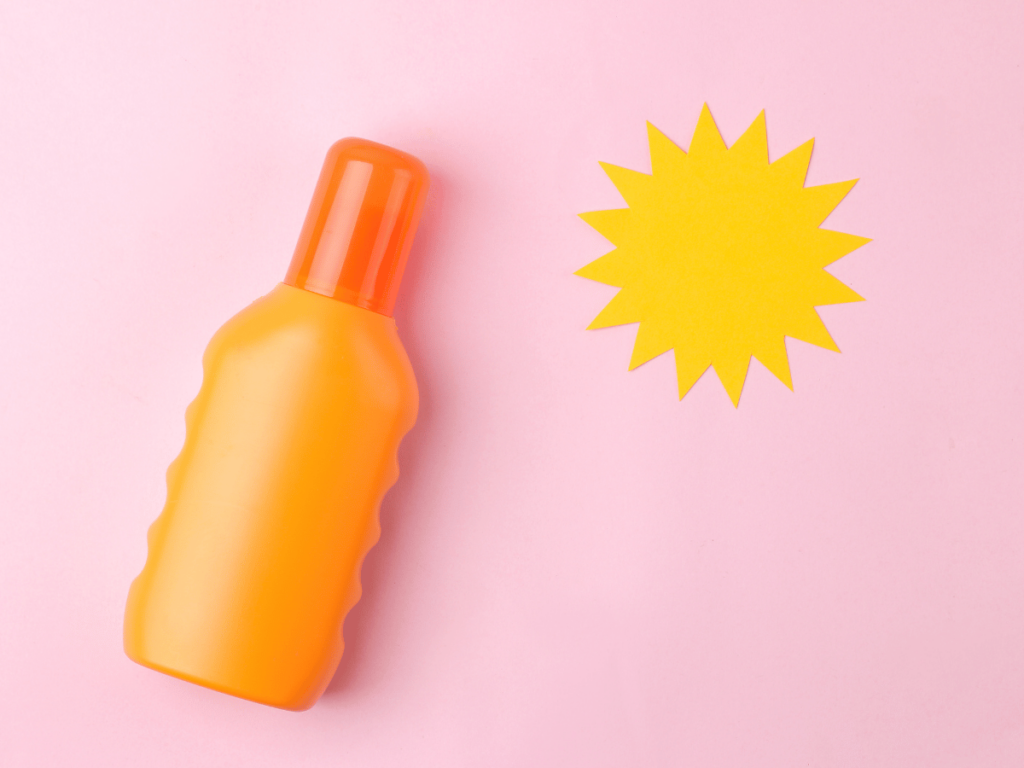
Physical Sunscreens
Also known as mineral sunscreens, these contain active mineral ingredients, typically zinc oxide or titanium dioxide, which sit on the surface of the skin and physically block UV rays. Ideal for sensitive skin, physical sunscreens are less likely to cause irritation and provide immediate protection upon application.
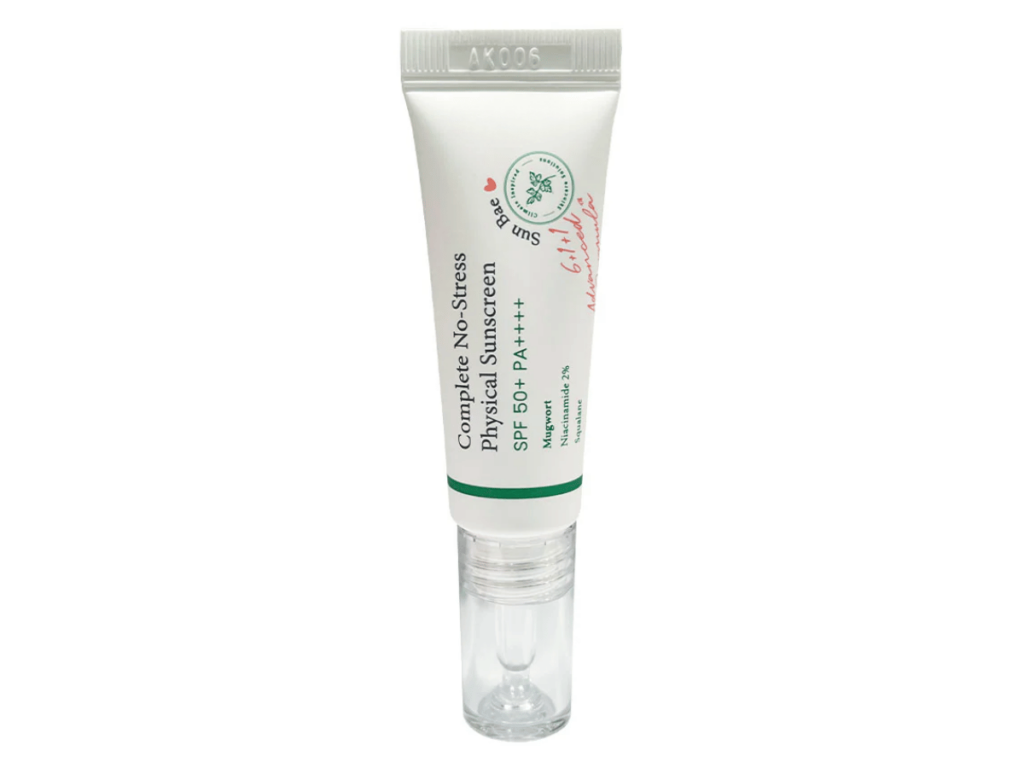
Water-Resistant Sunscreens
Designed for swimmers and athletes, water-resistant sunscreens maintain their SPF protection for a certain period of time while sweating or swimming. The labels specify whether they last for 40 or 80 minutes, providing prolonged defense against UV rays under wet conditions.
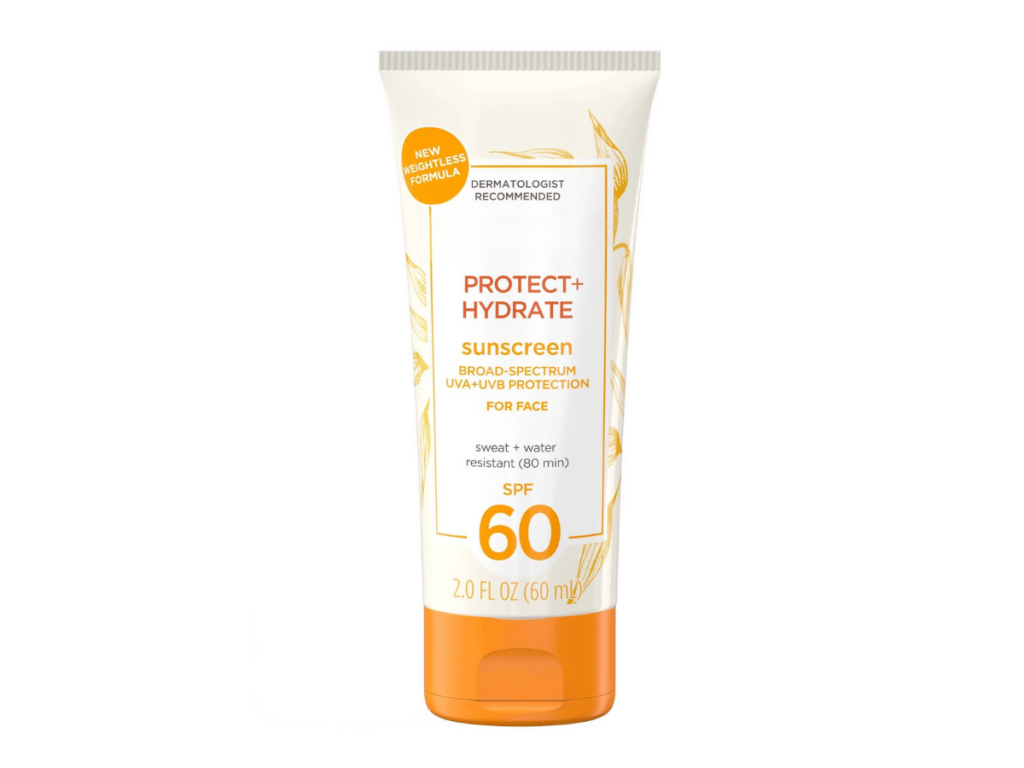
Broad Spectrum Sunscreens
These products offer protection against both UVA and UVB rays. It’s crucial to select a broad spectrum formula to ensure comprehensive skin protection. Here’s why that’s important, UVA rays age the skin, while UVB rays burn it, and both can contribute to skin cancer. Thus, a broad spectrum sunscreen keeps the skin healthy on point in all exposures.
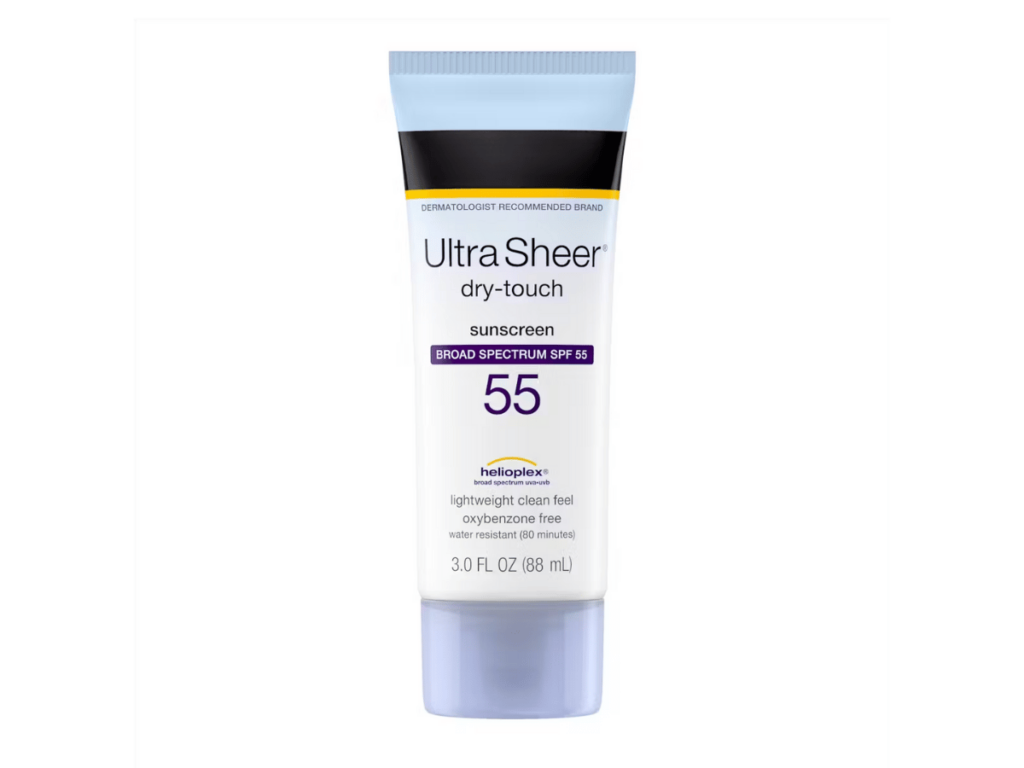
4. Proper Application Techniques
After exploring the different types of sunscreen available, it’s equally crucial to apply them correctly to maximize their efficacy. Here are some key techniques to ensure getting the best protection:
Generous Application
Apply sunscreen liberally to all exposed skin, using about 2 tablespoons for full body coverage. Many people underapply, which significantly reduces protection. For best results, a thick layer should be spread evenly across the skin, and it gets better, this ensures no spot is left unprotected.
Here’s a table providing guidelines on how to apply sunscreen effectively, ensuring full coverage and optimal skin protection:
| Step | Description | Amount to Use | Key Benefit |
| 1 | Apply to clean, dry skin | Ensures even absorption and maximizes efficacy | |
| 2 | Use on all exposed areas, including face, ears, and neck | About 2 tablespoons | Prevents sunburn and long-term skin damage |
| 3 | Spread evenly, without rubbing it in too harshly | Maintains a protective layer on the skin | |
| 4 | Reapply every two hours, especially after sweating or swimming | Same as initial application | Maintains protection throughout exposure |
| 5 | Use a water-resistant formula if engaging in water activities | Provides consistent protection in wet conditions |
Attention to Detail
Cover all exposed areas, including often-missed spots such as the ears, back of the neck, and tops of feet. It’s crucial to cover these areas even just going out for a short period. And the best part is, it avoids unexpected sunburns on spots that might not be considered at first.
Reapplication is Key
Reapply sunscreen every 2 hours, or more frequently if swimming or sweating. This is critical to maintain effective UV protection throughout the day. Continuous coverage is the best defense against the sun’s relentless rays, ensuring the skin remains protected during prolonged exposure.
5. General Guidelines for Sunscreen Reapplication
Mastering proper application techniques ensures the initial layer of sunscreen is effective, but maintaining that protection involves diligent reapplication. Here are some essential guidelines to follow:
Post-Swimming Reapplication
After swimming or heavy sweating, apply sunscreen immediately after drying off. Water and sweat can wash away even the most resistant formulas, leaving the skin exposed to the sun’s harmful effects. This reapplication ensures that the protective barrier is restored without missing a beat.
Layer Appropriately
If users are also using skin care products or wearing makeup, apply sunscreen as the final layer of skincare routine. This helps to maximize the sunscreen’s effectiveness by forming a protective barrier directly on skin that isn’t diluted or disrupted by other products.
Mind the Weather
On days with higher UV indexes, which can occur even when it’s cloudy or cool, be vigilant about reapplication. UV radiation can penetrate through clouds and cause skin damage, so don’t let overcast weather deceive into skipping sunscreen.

6. Factors Affecting Sunscreen Efficacy
Following the general guidelines for sunscreen reapplication is vital, but several factors can influence how well sunscreen performs. Here are the key elements to consider
Skin Type
Different skin types can affect how sunscreen absorbs and performs. For example, for oily skin, a gel-based or non-comedogenic sunscreen might be more effective at staying put and not causing breakouts. Conversely, cream-based sunscreens might be better for dry skin, providing both sun protection and moisturization.
Sunscreen SPF
The SPF rating indicates how well the sunscreen can protect against UVB rays. However, it’s important to choose sunscreen with both high SPF and broad-spectrum coverage to ensure protection against both UVA and UVB rays. Broad-spectrum products are crucial for preventing skin damage over the long term. We at TY Cosmetic ensure that we are offering the best SPF that the skin needs.
Product Age and Storage
Sunscreen can lose its potency if it’s past its expiration date or stored improperly. High temperatures, such as in a car during summer, can degrade the active ingredients. Always check the expiration date and store sunscreen in a cool, dry place. TY Cosmetic always make sure that we are manufacturing the best fresh sunscreen.
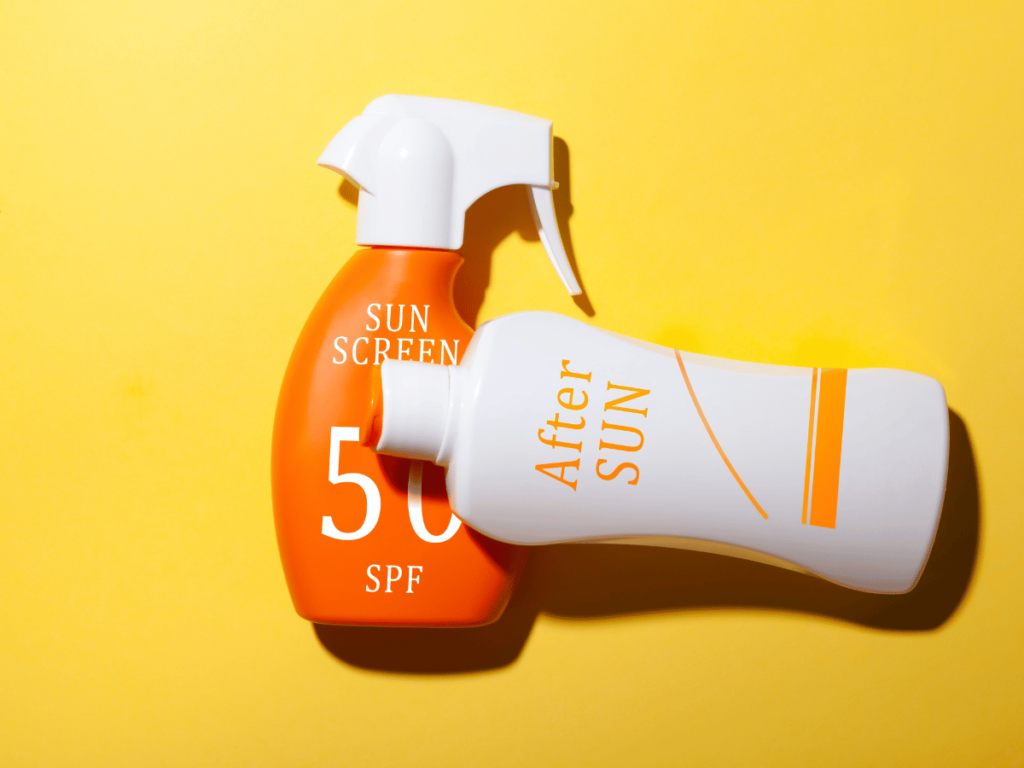
7. 3 Practical Tips for Remembering to Reapply Sunscreen
Studies show that using SPF15 sunscreen daily can cut the risk of squamous cell carcinoma (SCC) by 40% and melanoma by 50%, as per Skin Cancer Foundation. Considering its importance, maintaining consistent reapplication is crucial. Here are practical strategies to help remember to reapply sunscreen:
#1 Track UV Exposure
Download applications like UVlens that monitor UV index to alert when UV radiation is at its peak, which typically coincides with times when reapplication is crucial. It gets better when informed, it empowered to take the best care of skin. Plus, they provide personalized recommendations based on the skin type and location, optimizing protection.
#2 Follow Social Media Accounts
Follow health and wellness social media accounts that offer daily reminders and tips about sun safety. For example, @SkinCancerOrg and @AADskin. They can serve as a daily nudge to reapply sunscreen and can also provide updates on UV levels in local areas. Moreover, I think engaging with such communities can foster a sense of accountability and motivation to prioritize skin health.
#3 Wearable Reminders
Invest in UV-sensitive stickers or wristbands that change color when it’s time to reapply sunscreen. These innovative tools can serve as a constant, visual reminder that the skin needs protection from the sun. Additionally, they are discreet and easy to incorporate into daily routine, ensuring consistent sun protection.
Dive Deeper Into Our Resources
Looking for more diverse service options? Browse through our handpicked selections:
Still haven’t found what you’re looking for? Don’t hesitate to contact us. We’re available around the clock to assist you.
Conclusion
Understanding when and how often to reapply sunscreen is essential for maintaining skin health. TY Cosmetics offers a range of sunscreens that provide long-lasting protection, ensuring your customers skin is safeguarded throughout the day, no matter what activities. With products designed for efficiency and effectiveness, we make reapplication of sunscreen easy and effective.
We hope that this guide has been helpful in illustrating the importance of sunscreen reapplication. If you are a business owner looking to elevate your cosmetic line, consider partnering with us. Contact us today!







